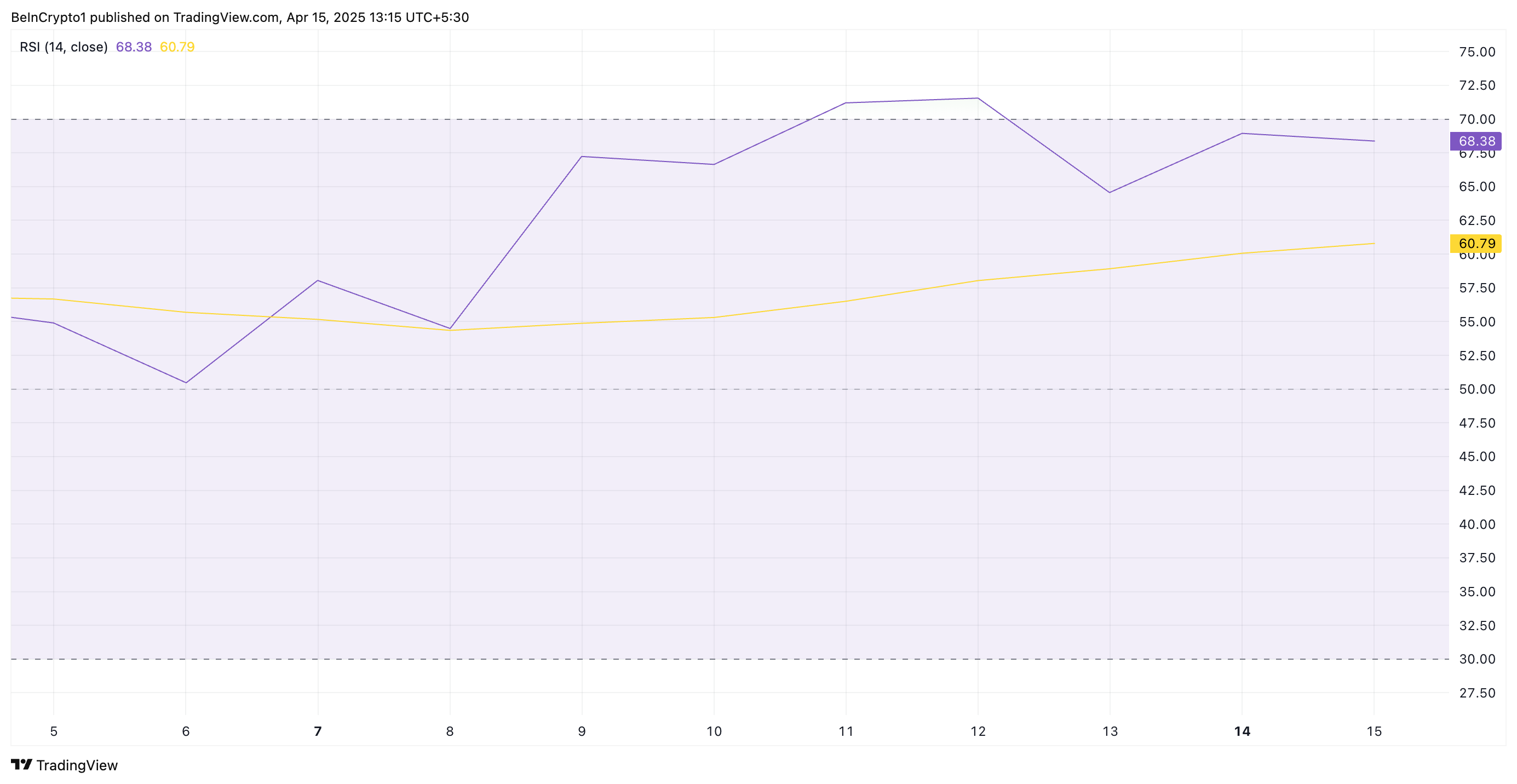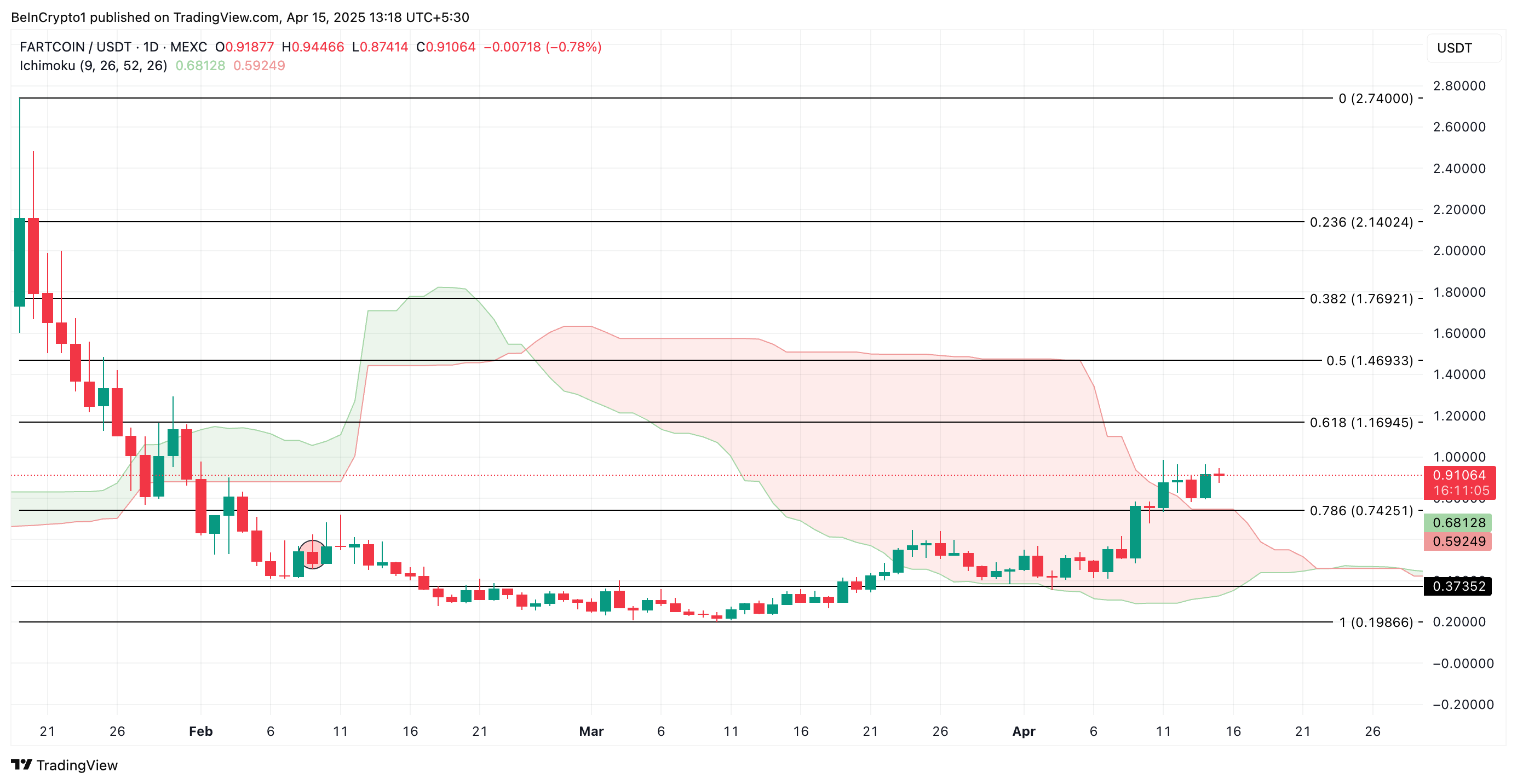A graphical error on TradingView caused Bitcoin to temporarily wick to zero on MEXC. This caused a social media uproar, but the glitch was not visible on MEXC’s own platform.
Nonetheless, MEXC’s trading volume spiked over 51% in the last 24 hours. Unverified rumors can take off like wildfire if not addressed, potentially leading to token dumps and market chaos.
A Bitcoin Error on MEXC
MEXC, a Seychelles-based centralized exchange, has been focusing on new upgrades this year. After outpacing competitors with meme coin listings in 2024, it announced today that it’s shifting from quantity to quality. However, this was overshadowed by other events, as traders reported that Bitcoin briefly wicked to zero on MEXC.
This immediately caused a social media uproar, as such an error in Bitcoin’s price would severely impact MEXC users. If BTC went from over $100,000 to $0, this would immediately liquidate all users’ long positions. Such a scandal might be worse than Hyperliquid’s JELLYJELLY incident, as this would be caused by a site error instead of trader activity.
However, MEXC’s team went on social media to address the alleged Bitcoin wick, claiming that it only happened on TradingView’s own site:
“We have recently become aware of some posts circulating on certain accounts claiming that MEXC’s BTC candle wick dropped to 0. We would like to clarify that this was simply a display error on the TradingView platform on June 5, and there was no such issue on MEXC’s official website, where everything has been functioning normally,” developers stated.
The MEXC team went on to claim that it was collaborating with TradingView to diagnose the Bitcoin display error and prevent it from happening again. It also urged the community to independently verify social media rumors and contact customer support in the event of a problem. Still, this announcement happened hours after the glitch.

MEXC’s trading volume spiked over 51% in the last 24 hours, mostly occurring after the Bitcoin display error. However, at the moment, it’s unclear if this heightened volume was due to users dumping assets, but such a thing is possible.
All that is to say, this demonstrates the importance of verifying information and fighting false rumors. MEXC didn’t have anything to do with the Bitcoin display error, but it still faced accusations of being a fraudulent business. The crypto sector is fast-paced and trades on community sentiment, after all. It needs strong guardrails to prevent accidents from blowing up.
BeInCrypto has reached out to MEXC, but we are yet to hear back.
The post TradingView Glitch Showed Bitcoin Wicking to $0 on MEXC appeared first on BeInCrypto.







